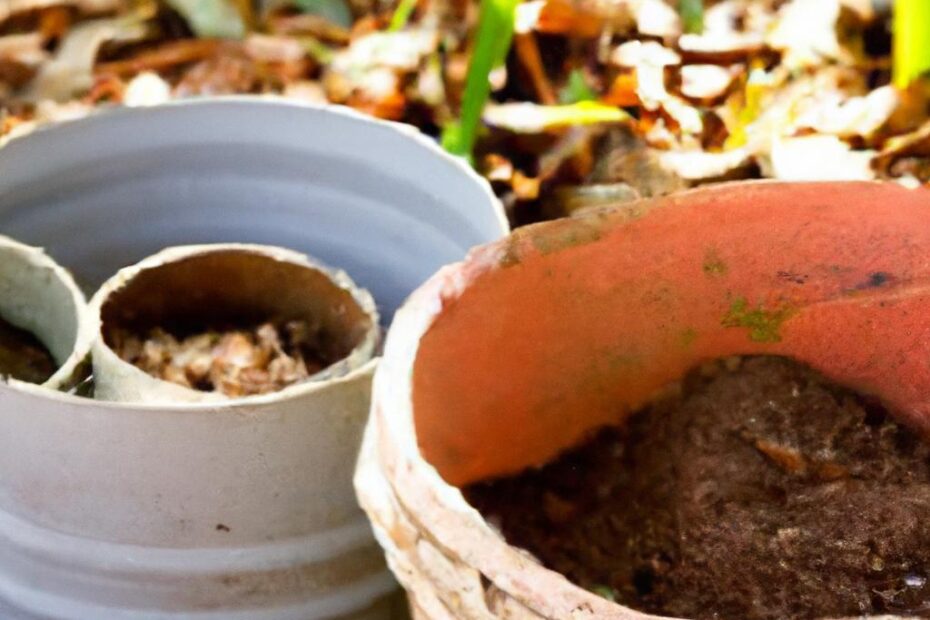When it comes to gardening, one of the most important decisions you’ll make is choosing the right soil for your plants. Two popular options are potting mix and raised bed soil, each with its own set of benefits and characteristics. In this article, we’ll dive into the differences between potting mix and raised bed soil, their respective uses, and how to decide which is best for your gardening needs.
**Introduction:
Potting mix and raised bed soil are both essential components for successful gardening. Potting mix is typically used for container gardening, while raised bed soil is specifically formulated for use in raised bed gardens. Understanding the differences between these two types of soil can help you make an informed decision when selecting the right option for your plants.
**Potting Mix:
Potting mix, also known as potting soil, is a lightweight, well-draining medium that is specifically designed for use in containers like pots, hanging baskets, and planters. It is typically made up of a blend of organic materials such as peat moss, compost, and perlite, as well as inorganic materials like sand or vermiculite.
Potting mix is ideal for container gardening because it provides good aeration and drainage, which helps prevent root rot and over-watering. It is also typically nutrient-rich, providing a good foundation for healthy plant growth. Additionally, potting mix is pH-balanced, which helps ensure that your plants have access to the nutrients they need.
**Raised Bed Soil:
Raised bed soil is a specially formulated blend that is designed for use in raised bed gardens. Raised beds are essentially large containers that are filled with soil, allowing for improved drainage, aeration, and soil quality compared to traditional in-ground gardens. Raised bed soil is typically a mix of topsoil, compost, and other organic amendments.
Raised bed soil is specifically engineered to provide optimal growing conditions for plants in raised beds. The soil is typically loamy and well-draining, which helps prevent waterlogged roots and allows for good air circulation. Raised bed soil is also usually nutrient-rich, providing a fertile environment for plant roots to thrive.
**Potting Mix vs. Raised Bed Soil:
While potting mix and raised bed soil may seem similar, they are actually formulated to meet the specific needs of different types of gardens. Here are some key differences between the two:
- Container Size: Potting mix is designed for use in containers, while raised bed soil is meant for use in raised beds.
- Drainage and Aeration: Potting mix is lightweight and well-draining, while raised bed soil is typically loamy and offers good aeration.
- Nutrient Content: Potting mix is typically nutrient-rich, while raised bed soil is formulated to provide a fertile environment for plant roots.
- pH Balance: Potting mix is pH-balanced, while raised bed soil may vary in pH depending on the specific blend.
**Benefits and Practical Tips:
Both potting mix and raised bed soil have their own benefits and can be used successfully in a variety of gardening situations. Here are some practical tips for using each type of soil:
- Potting Mix:
- Choose a high-quality potting mix with a good balance of organic and inorganic materials.
- Avoid using garden soil in containers, as it can become compacted and impede drainage.
- Consider adding slow-release fertilizer to your potting mix to provide long-term nutrition for your plants.
- Raised Bed Soil:
- Select a raised bed soil blend that is specifically formulated for use in raised beds.
- Mix in additional compost or organic matter to improve soil quality and fertility.
- Consider testing the pH of your raised bed soil and amending it as needed to ensure optimal growing conditions for your plants.
**Conclusion:
In conclusion, both potting mix and raised bed soil are essential components for successful gardening. Understanding the differences between these two types of soil can help you choose the right option for your specific gardening needs. Whether you’re growing plants in containers or raised beds, selecting the right soil is key to promoting healthy plant growth and maximizing yields. By considering the unique characteristics of potting mix and raised bed soil, you can create a thriving garden that will flourish all season long.
